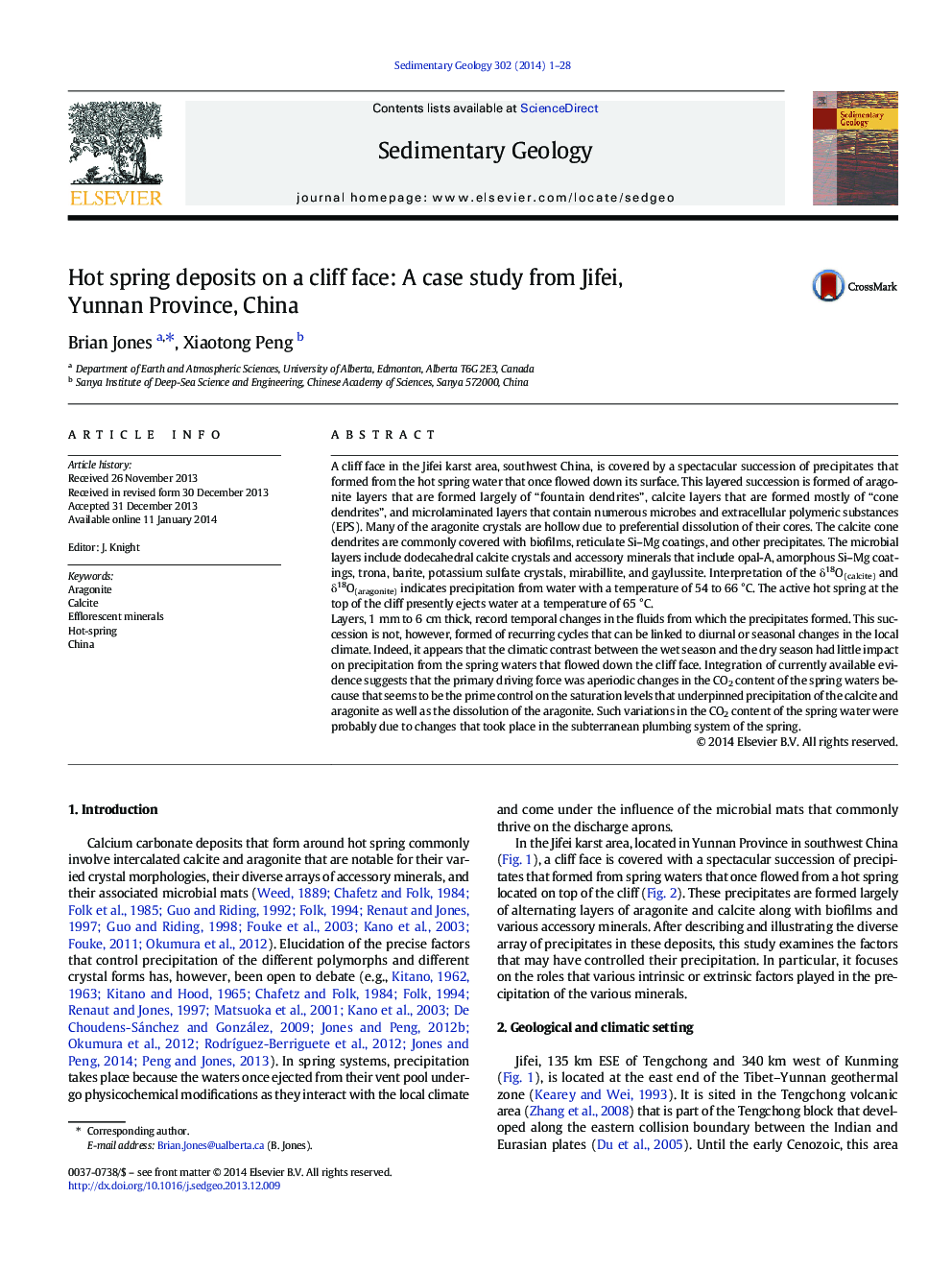| Article ID | Journal | Published Year | Pages | File Type |
|---|---|---|---|---|
| 4689456 | Sedimentary Geology | 2014 | 28 Pages |
Abstract
Layers, 1Â mm to 6Â cm thick, record temporal changes in the fluids from which the precipitates formed. This succession is not, however, formed of recurring cycles that can be linked to diurnal or seasonal changes in the local climate. Indeed, it appears that the climatic contrast between the wet season and the dry season had little impact on precipitation from the spring waters that flowed down the cliff face. Integration of currently available evidence suggests that the primary driving force was aperiodic changes in the CO2 content of the spring waters because that seems to be the prime control on the saturation levels that underpinned precipitation of the calcite and aragonite as well as the dissolution of the aragonite. Such variations in the CO2 content of the spring water were probably due to changes that took place in the subterranean plumbing system of the spring.
Keywords
Related Topics
Physical Sciences and Engineering
Earth and Planetary Sciences
Earth-Surface Processes
Authors
Brian Jones, Xiaotong Peng,
